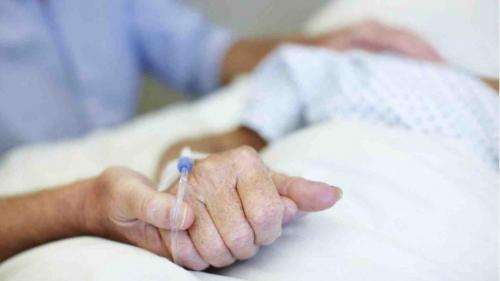Hospitals are dangerous places. This week, the Health Quality and Safety Commission released 'Making Our Health and Disability Services Safer', a report summarising 454 events of patients who were injured or died due to errors or mistakes reported by our District Health Boards in the past year.
Research in New Zealand DHBs indicates that around one in ten of us who enter public hospitals experience a preventable mistake or error in our care. These events include wrong drugs or doses being administered, operations being performed on the wrong part of our body, or lost x-rays and lab results leading to missed diagnoses.
On nearly all occasions these incidents are either unnoticeable, involve some discomfort or a longer hospital stay. But for about one in a hundred, the outcome will be much more severe and result in permanent injury, and about one in three of these severe events will result in death.
These numbers may seem high, but they are not unique to New Zealand and are very similar to data gathered in Australia, the United States and the United Kingdom. The data has been known and discussed in healthcare circles for the past 15 or more years.
Furthermore, the cost of fixing these mistakes and errors is thought to consume about one third of our health budget. If you then add to this figure the personal costs for those individuals and families who experience an injury or death, the cost is immense.
To me, however, the number of cases reported by the Commission, 454, simply doesn't add up. With over one million New Zealand public hospital admissions each year, I would expect in excess of 10,000 preventable serious adverse events to occur. It seems that there must be a large number of incidents that are not being reported to the Commission.
Why would this be? Research shows a variety of reasons for non-reporting by health professionals. These include a culture or hierarchy of not reporting: "I don't do it as it isn't my job—it's a nursing role", a fear that management will use reports against clinicians or result in disciplinary action, a belief that mistakes are an acceptable part of overworked and underfunded health systems, and a view that reporting is unheard, dismissed or will not make any difference.
To patients, these reasons must surely sound completely unacceptable. However, attempting to report all mishaps would be a futile exercise: not only would it require a major shift in attitude by many health practitioners, in terms of the sheer volume it would consume vast resources when DHBs and the Commission already appear overwhelmed by current reporting levels.
Perhaps rather than numbers we should focus our attention, as Don Berwick, an internationally recognised patient safety leader, says on the genuine sharing of knowledge by health providers: "Measurement contains almost no information. What we need are stories…we need firesides not spreadsheets.
"While several New Zealand DHBs do present detailed and open stories on their websites, others appear less comfortable and use the coded language of bureaucracy. For example: "Patient received a repeat, unnecessary procedure due to miscommunication".
I am unsure who this information is intended for, or whether this tells me how safe that hospital is, but it does tell me that miscommunication is happening on many levels.
I suspect most people would be more interested in watching Embarrassing Bodies than delving into their local DHB website to decipher these stories to understand how safe their care would be!
The report released by the Health Quality and Safety Commission also does not tell me how safe our hospitals are. I get the sense that Commission is reassuring us that something is being done and we should 'keep calm and carry on'. The people who do know how safe a hospital is are the health professionals on the front line.
Marty Makary, an American surgeon and patient safety expert, has suggested three patient safety questions hospitals should regularly ask their staff and make publicly available:
- Would you have your operation at the hospital in which you work?
- Do you feel comfortable speaking up when you have a safety concern?
- Does the teamwork here promote what's right for the patient?
While our hospitals do survey staff about safety culture, we the public, who pay for and get treated in these hospitals, do not get to see the results.I suggest that it is the answers to these three questions that we all should be able to see. This should become the first item of business at all DHB meetings that management are responsible and accountable for, to help make us safer in our hospitals.
Provided by Victoria University


















